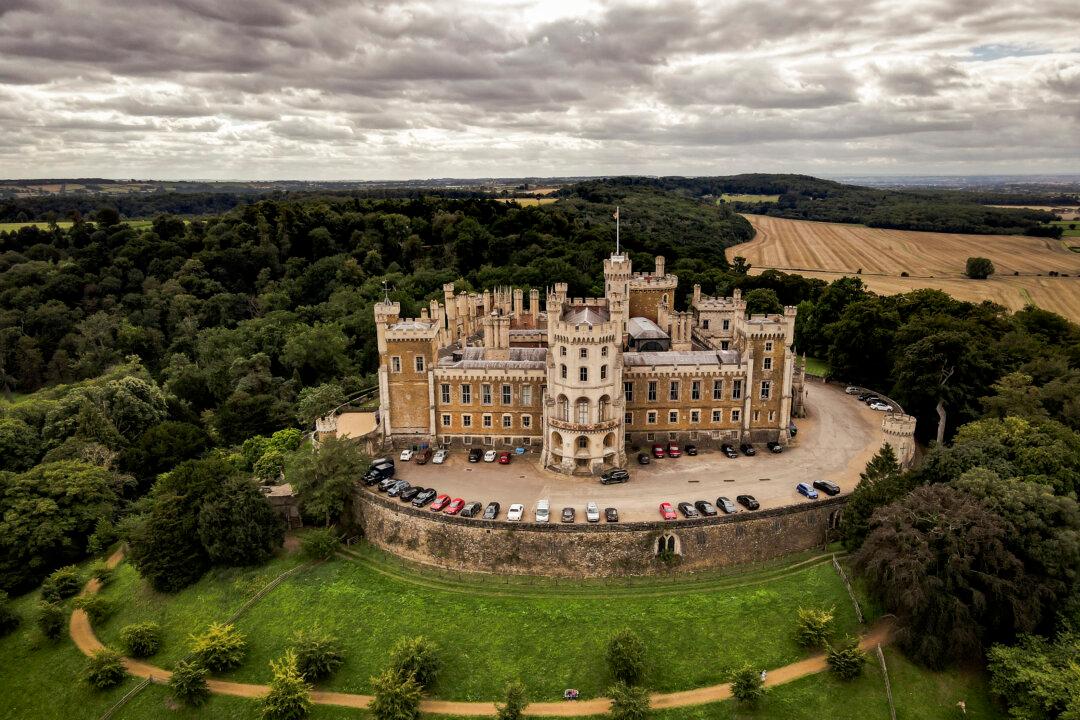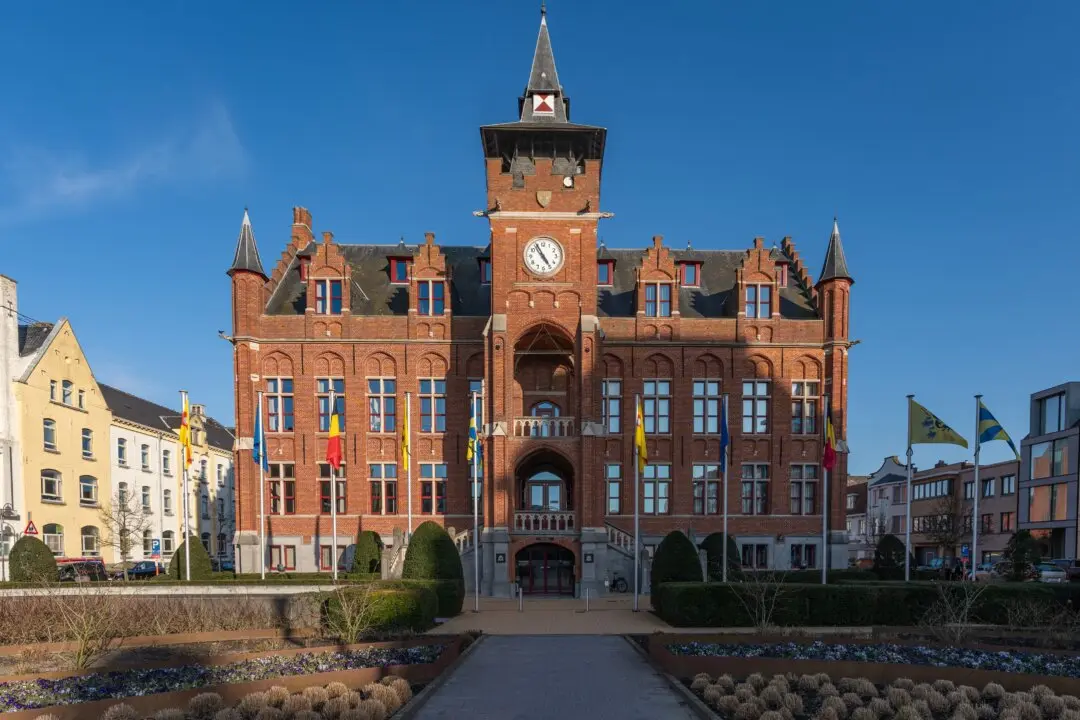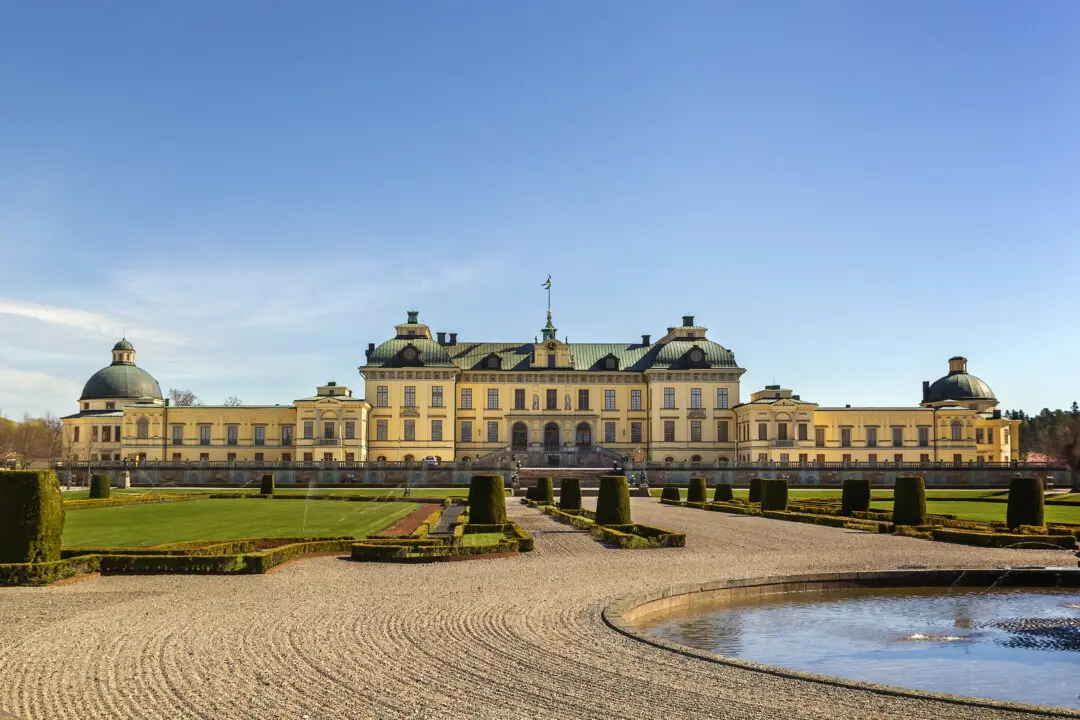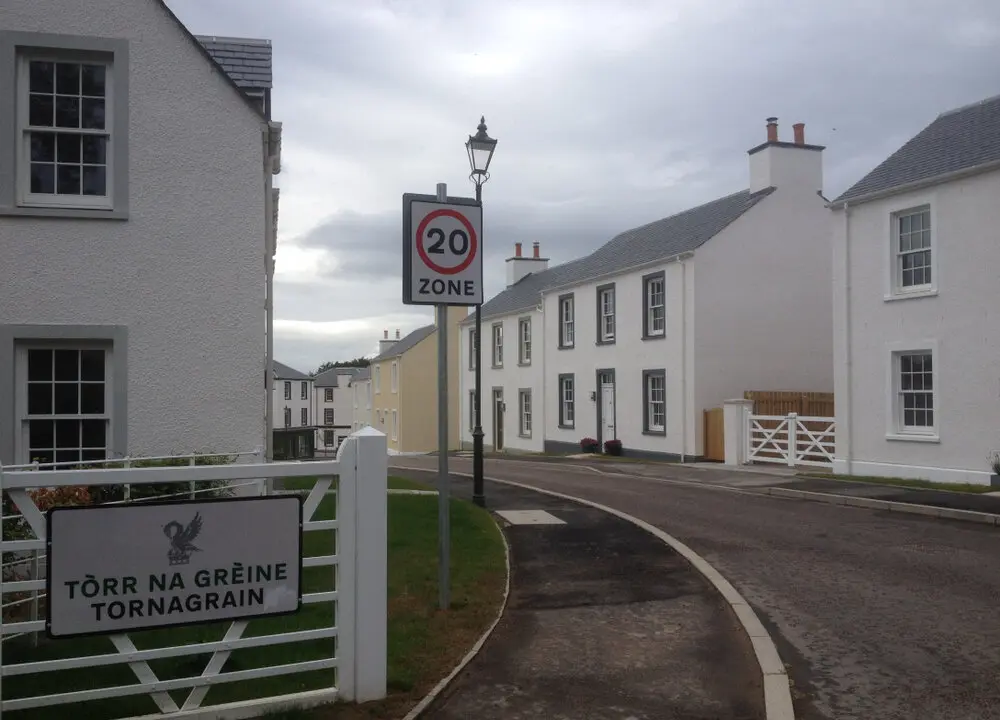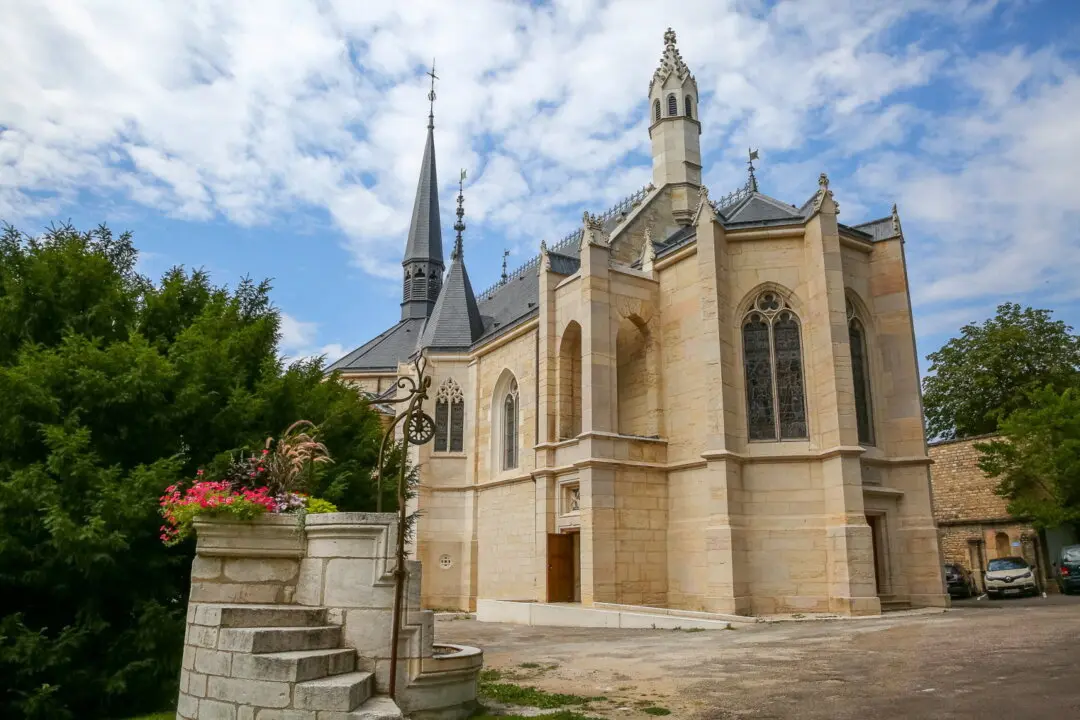Belvoir Castle’s faux fortress dates back to 1801, though its original construction took place more than 700 years earlier. Under the influence of his new wife, Elizabeth Howard, John Manners, fifth Duke of Rutland, rebuilt the existing structure in the romantic Gothic Revival style seen today.
Since 1067, three castles—a Norman castle, a Tudor manor, and a country house—stood on the spot where Belvoir Castle stands today. To stylistically return the castle to its origins, the duchess commissioned architect James Wyatt, the first prestigious English architect to fully embrace the developing Gothic Revival style.

